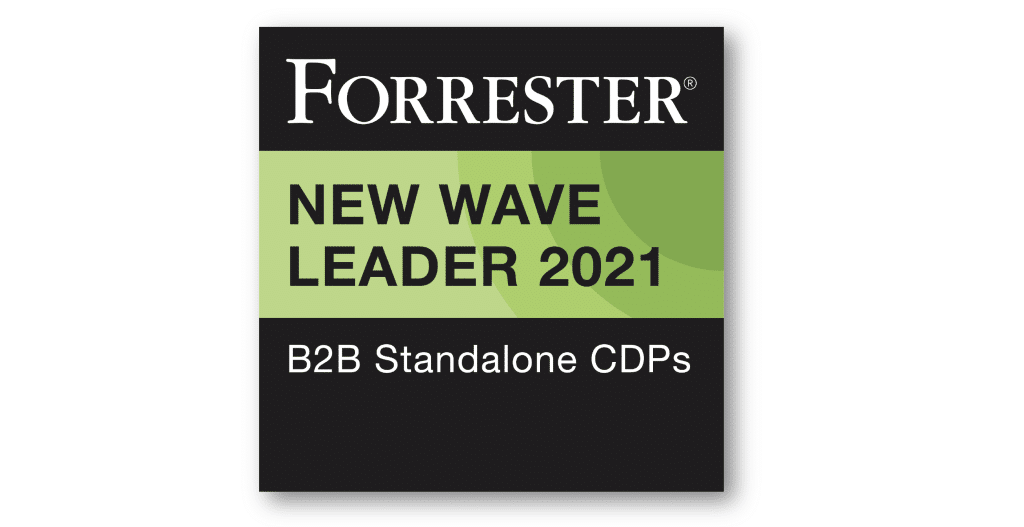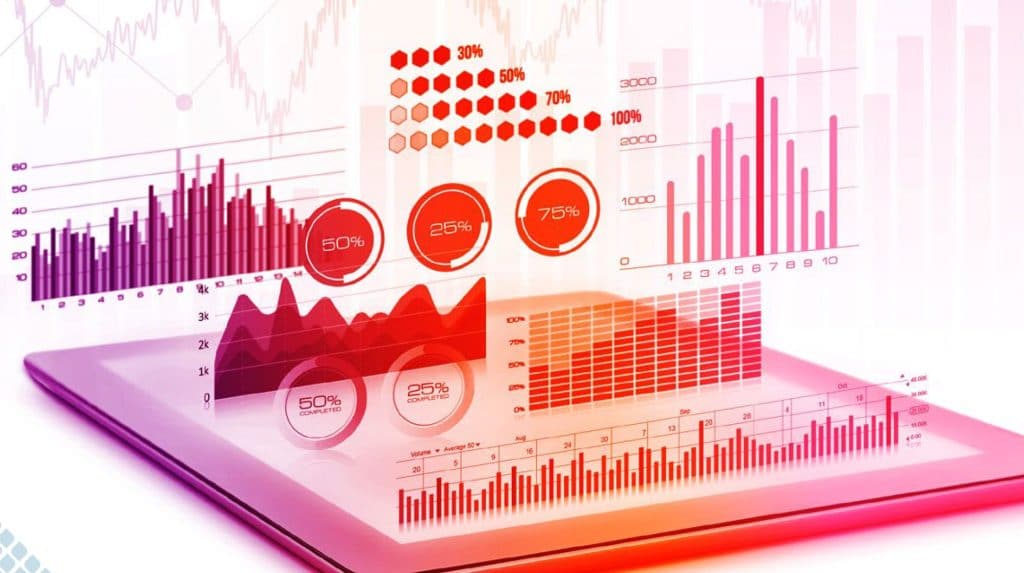Finding the right type of companies for your product by hand is a cumbersome process that’s error prone and heavily relies on guesswork. With competition at an all time high, B2B sales and marketing teams need a way to automate this process, and replace guesswork with data-driven insights to reach their customers before their competitors do. This is where a Customer Data Platform (CDP) with AI-scoring models comes into play.
You’ve already discovered your Total Addressable Market (TAM), identified your average deal size, and generated your buyer profiles – now you need to determine which companies to go after. This involves using your historical first-party data to develop an Ideal Customer Profile (ICP), then comparing it throughout your TAM by either basic firmographics, demographics, and tech install or ideally from an AI-based predictive Fit model. By determining how closely each target company matches, or fits your product, it calculates the increase or decrease in the odds of a successful conversion. This is the first stage of honing in on the best companies to target.
A predictive Fit scoring model is an AI-driven decisioning capability built from your historical conversion data set (closed/won opportunities) that leverages thousands of 3rd party data signals. It applies scoring that indicates a company’s and/or person’s likelihood to buy your product. This likelihood is termed conversion lift and parsed into lift buckets. Conversion lift is the multiple applied to the average conversion of your leads or opportunities. Leadspace Predictive Fit models categorize lift into four buckets – the top two buckets typically represent the 25% of the leads or opportunities that represent 50-80% of a positive conversion. Lift models can be configured for revenue, pipelines, or meetings/leads. It brings together firmographics, specialties and expertise, tech install, and technographics (and sometimes demographics, if it’s a lead model) from the account or buyer profiles within your TAM. It then assigns predictive scores that represent how well they “fit” your product based on your historical data.
Predictive Fit models enable us to go beyond reliance on subjective sales insights, static firmographic data, or potentially noisy intent data. Ultimately, when you analyze your own business you quickly realize that your opportunity conversion funnel follows the 80/20 rule – where about 20% of your prospect accounts leads to 80% of your wins and revenue. To nail down the right strategy here, you need to ensure your models are leveraging AI and machine learning, and utilizing thousands of critical signals to uncover the accounts that look like your best customers. Predictive Fit Models can be used to create equitable sales territories, prioritize ABM investment accounts, target high-cost media investments, score inbound leads for sales qualification, identify accounts for high lifetime value and to score install base accounts for up-sell/cross-sell opportunity.
With Leadspace, B2B sales and marketing teams can amplify buyer profiles across their TAM with predictive Fit scores. With Leadspace Fit, each buyer profile within your TAM is assigned a propensity bucket (A, B, C or D), where a value of “A” represents that the profile best matches your historic success – indicating high propensity. The “A” bucket represents scores for the top 5%, “B” the next 20%, “C” the next 60% and D the bottom 15%. It is common to see a 3-6X conversion lift (3-6X the average conversion level) for the “A” bucket. Again, the best Fit models reflect the 25% of the business that represents 50-80% of the revenue or positive outcome.
The Fit model is a weapon to gain competitive advantage in determining who the best customers/prospects are, understanding whitespace opportunities, and in turn, dramatically improving the effectiveness of sales and marketing programs for revenue optimization. Fit can minimize your regular external firmographics augmentation signal purchases with more accurate scoring – helping to identify the most important data at possibly a fraction of the cost. Scoring predictions and recommendations are delivered in real-time and models are updated and refreshed on an annual or bi-annual cadence.
So what do we recommend?
- Put the right account contact details, buying signals and propensity-to-buy scores directly in front of your reps to prioritize leads and opportunities in their pipeline.
- Master your whitespace then laser-focus campaign segment members by targeting your best Predictive Fit accounts – and use this to understand renewals, upsell and new logo strategies and to determine resource allocation.
- Take the guesswork out of identifying the top strategic accounts for investment by leveraging Predictive Fit models to quickly seek out and achieve closeable business.
In summary, Sales & Marketing teams can turbo charge their growth strategy with predictive Fit models by identifying the highest-returning market segments and optimizing territory assignments to maximize sales effectiveness. Not everyone wants your product, but by segmenting and prioritizing your TAM by propensity scores, you can direct your sales and marketing resources at the ones who do so you can target the right companies – before your competitors do!
So what’s next? Once you’ve determined the companies within your TAM who need your product (highest Predictive Fit scores), you need to determine which of the companies are actually ready to buy. This means determining their intent at the product level – ensuring it’s the right time for the right company. Stay tuned for the next blog in our Revenue Radar series where we will explore how to find the right companies using Intent models. In the meantime, get the full Revenue Radar Guide to see how Leadspace finds your best customers.



